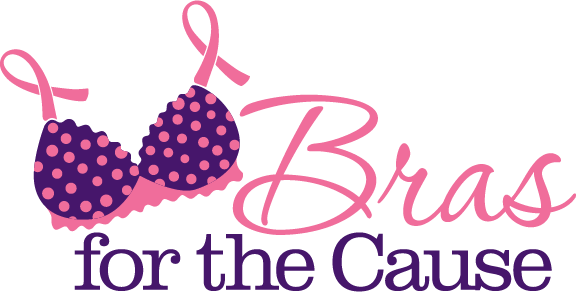Get the Facts About Mammograms
Early Intervention with Mammograms
Mammograms are one of the leading methods for early intervention, finding 85-90% of all breast cancers.
Learn more about mammograms and how they help save lives. Get the facts below.
What is a mammogram?
A mammogram is a tool used to detect breast cancer by using low-energy x-rays to examine the breast tissue for any abnormalities. Mammograms are how doctors can better detect changes in breast tissue that often can't be discovered during a clinical breast exam.
Screening mammograms are used for women who have no breast complaints. Diagnostic mammograms are used for women with a lump, thickening, focal pain, nipple discharge, or other clinical symptoms. While breast changes occur in most women, only a doctor can determine what changes are benign and what changes may be cancer-related.
What can you find out from a mammogram?
A radiologist will examine your images for differences in each breast such as masses, distortion, and calcifications.
The size, shape and edges of a mass help doctors determine whether or not it is benign or may be cancerous. A benign growth often looks smooth, while breast cancer is often more jagged.
Calcifications are calcium deposits in the breast tissue, which may or may not be a sign of cancer. If you have signs of calcifications, your doctor will look to see how they are grouped together, how many specks you have, how big they are and what they look like to determine if you should have other tests done. The amount of calcium in your diet doesn't create calcifications in your breasts.
Breast density is determined by the tissue differences of the breast. Fat does not show up on a mammogram. Fibrous and glandular tissue, or dense tissue, shows up white, see image below. Cancer also shows up white, making it difficult to detect. In dense breasts, mammograms will miss 50% of cancers present, delaying diagnosis. In women with extremely dense tissue, cancer is 4-6 times more likely than in women with fatty breasts. Dense breast tissue is a stronger predictor for breast cancer than family history. Learn more about breast density.
How do you prepare for a mammogram?
Are you going to a new facility for your mammogram? Have your x-ray films sent to your new facility.
Try to avoid scheduling your mammogram during the week before your period, if you're still menstruating. The week before your period, your breasts are more tender and swollen. By avoiding this week, your mammogram will hurt less and the picture will turn out better.
Do you have breast implants? If so, make sure to tell your facility when you make your appointment.
On your appointment day, dress in a shirt and bottoms so you can undress from the waist up and leave your skirt, pants or shorts on.
Don't apply any deodorant, lotion, perfume or powders under your arms or on your breasts on the day of your appointment because this can cast artifacts on your film.
How often should you get a mammogram?
There are differing mammogram screening guidelines and women can discuss benefits, risks, and limitations of mammograms with their doctor to make an informed decision.
According to the American College of radiology and Society of Breast Imaging, women 40 years and older should get a mammogram every year and continue as long as in good health. If you've had breast cancer or breast problems or have a family history of breast cancer, you may need to start regular mammograms before age 40 and/or get them more often. Discuss your situation with your doctor.
What's the most effective way of detecting breast cancer?
To help detect breast cancer as early as possible, it's important to get a clinical breast exam by your doctor, along with a mammogram. The earlier breast cancer is detected, the greater the chances of a successful treatment.
You want to get both a mammogram and clinical breast exam because some cancers can't be found by a mammogram, but may be found in a clinical breast exam, and vice versa.
A breast self-exam (BSE) should not take the place of having routine mammograms and clinical breast exams.
What's the best method of detecting breast cancer as early as possible?
A high-quality mammogram plus a clinical breast exam (an exam done by your doctor) is the most effective way to detect breast cancer early. Finding breast cancer early greatly improves a woman's chances for successful treatment.
Like any test, mammograms have both benefits and limitations. For example, some cancers can't be found by a mammogram, but they may be found in a clinical breast exam.
Checking your own breasts for lumps or other changes is called a breast self-exam (BSE). Studies so far have not shown that BSE alone helps reduce the number of deaths from breast cancer. BSE should not take the place of routine clinical breast exams and mammograms.
If you choose to do BSE, remember that breast changes can occur because of pregnancy, aging, menopause, menstrual cycles, or from taking birth control pills or other hormones. It is normal for breasts to feel a little lumpy and uneven. Also, it is common for breasts to be swollen and tender right before or during a menstrual period. If you notice any unusual changes in your breasts, contact your doctor.


